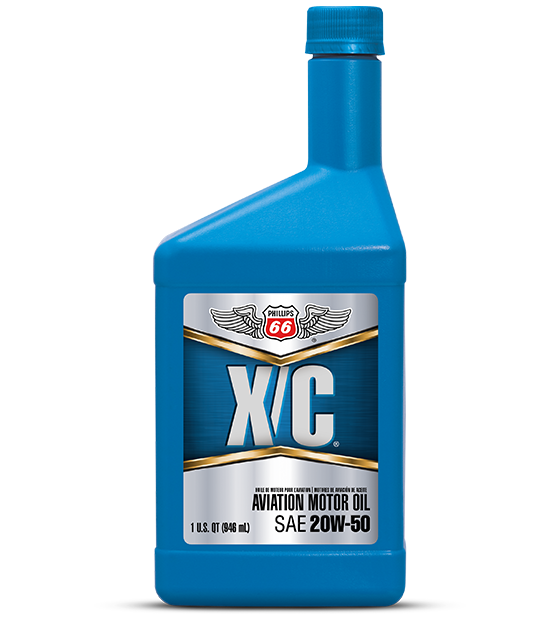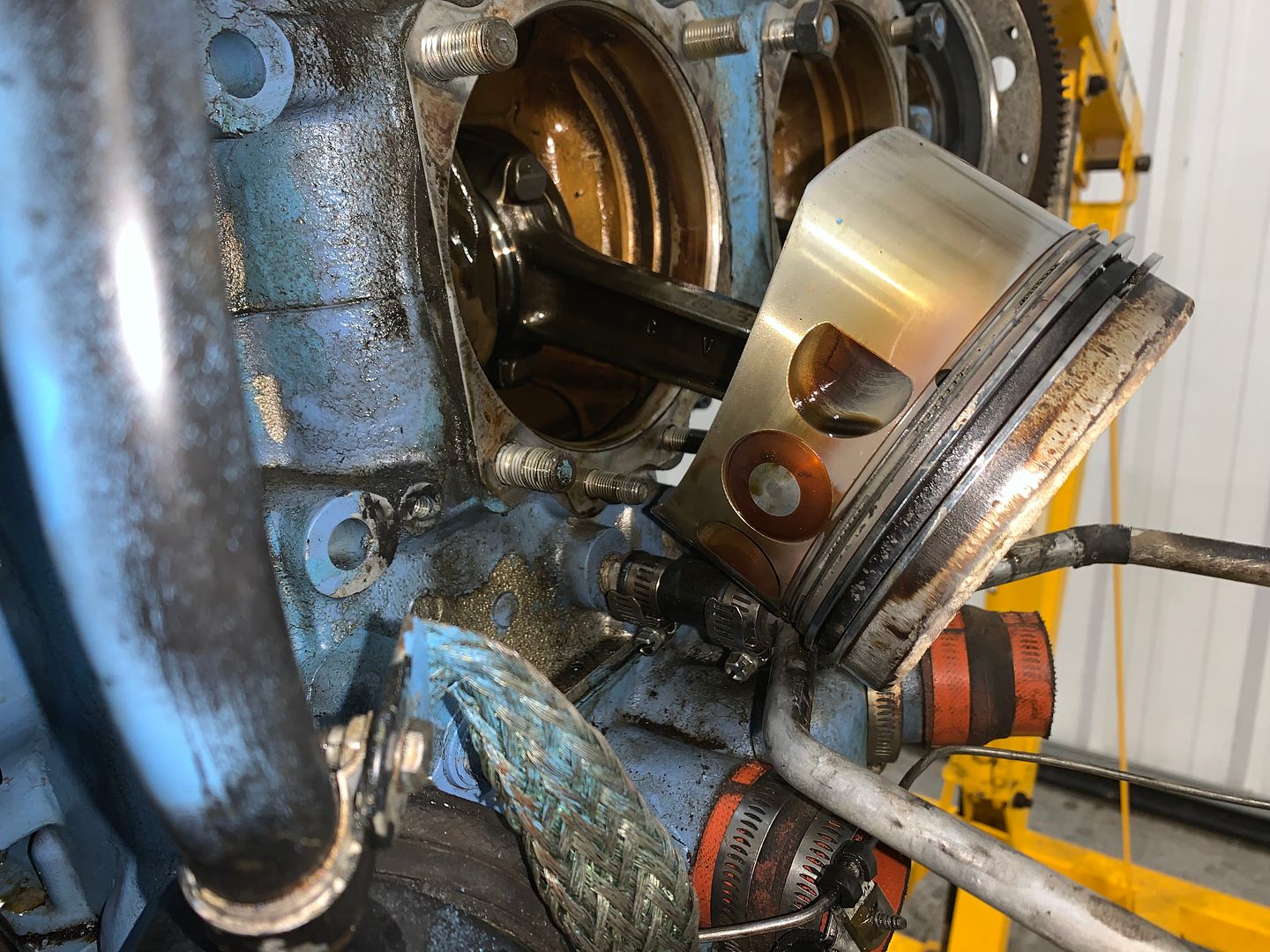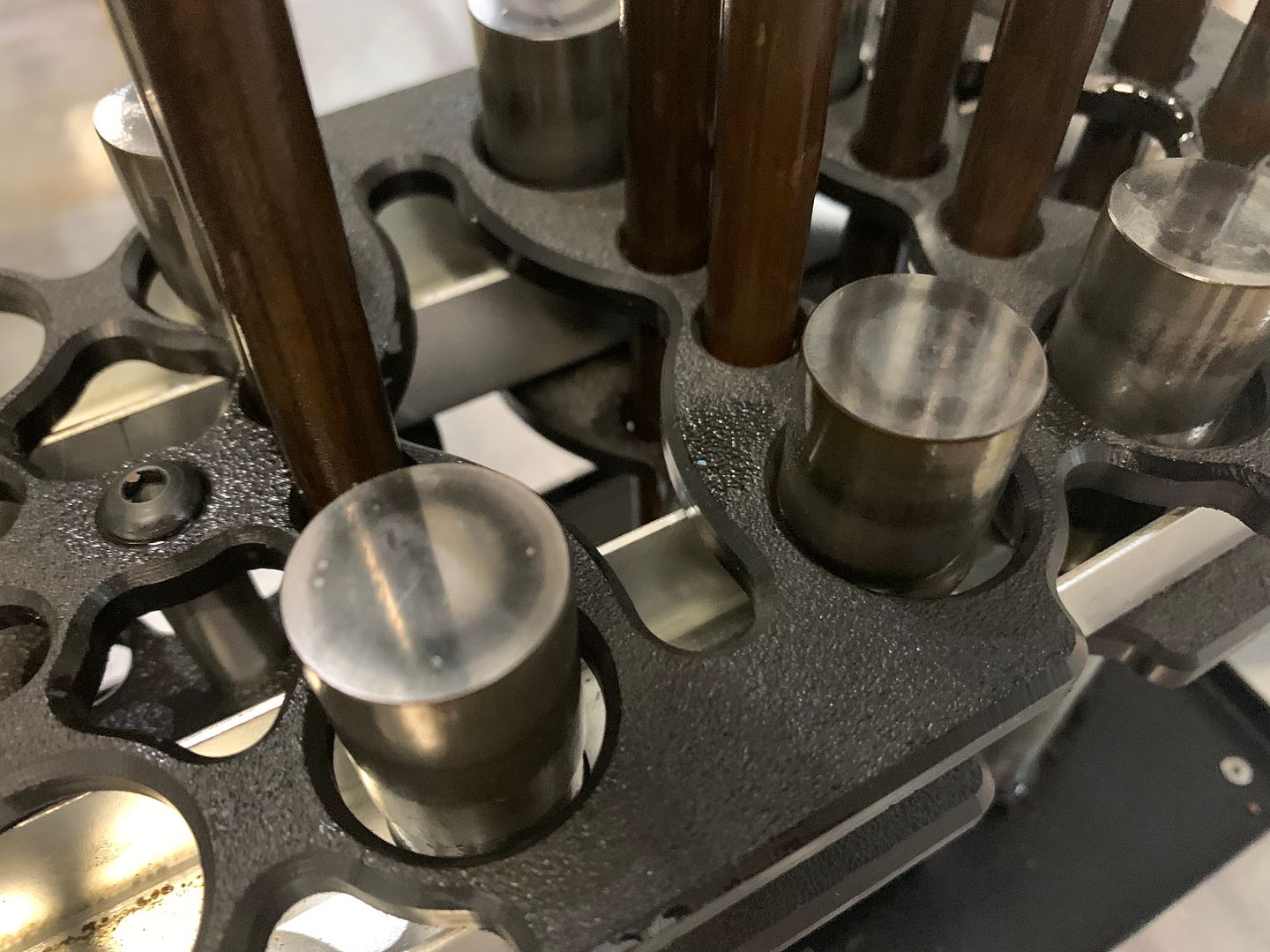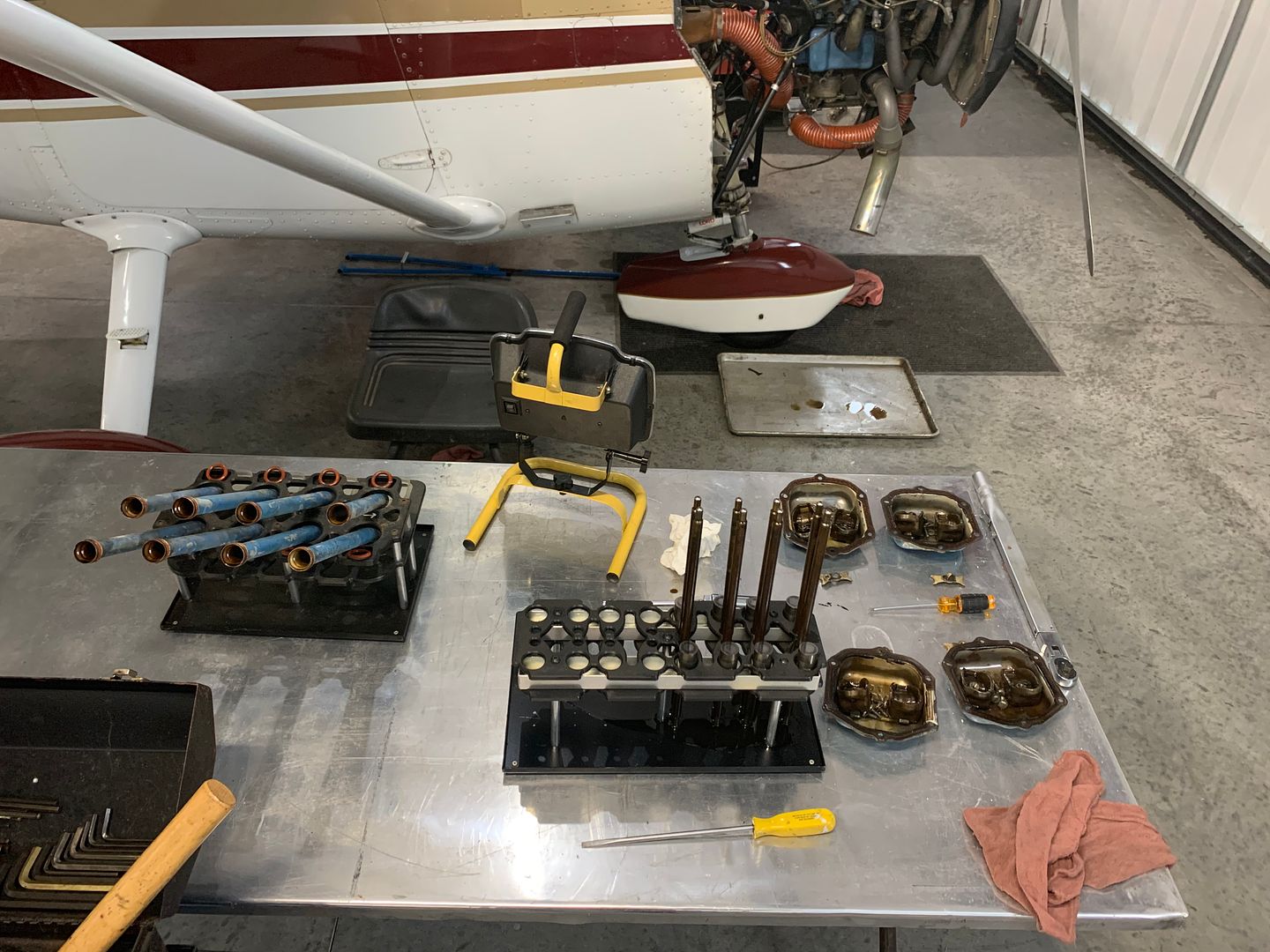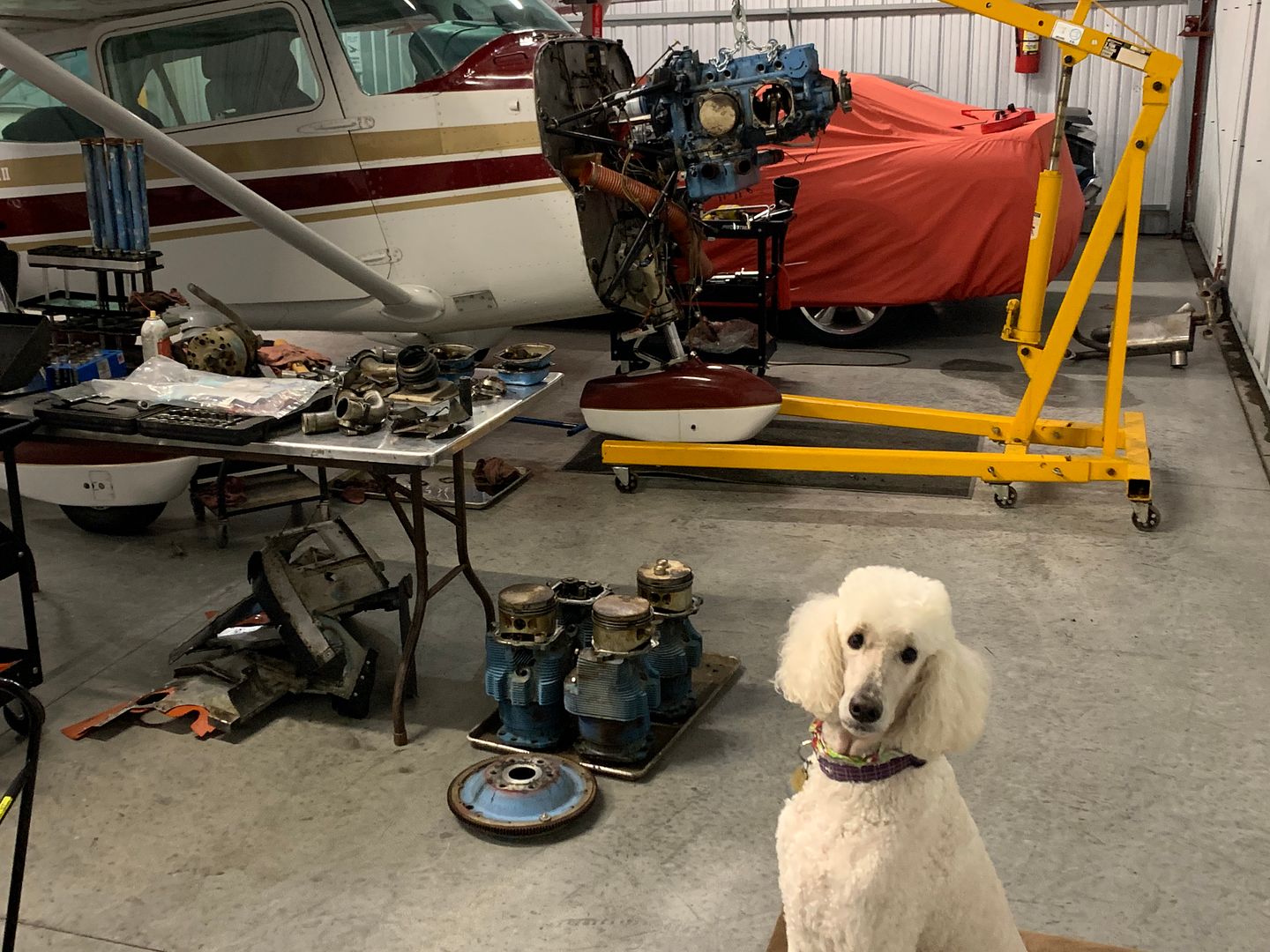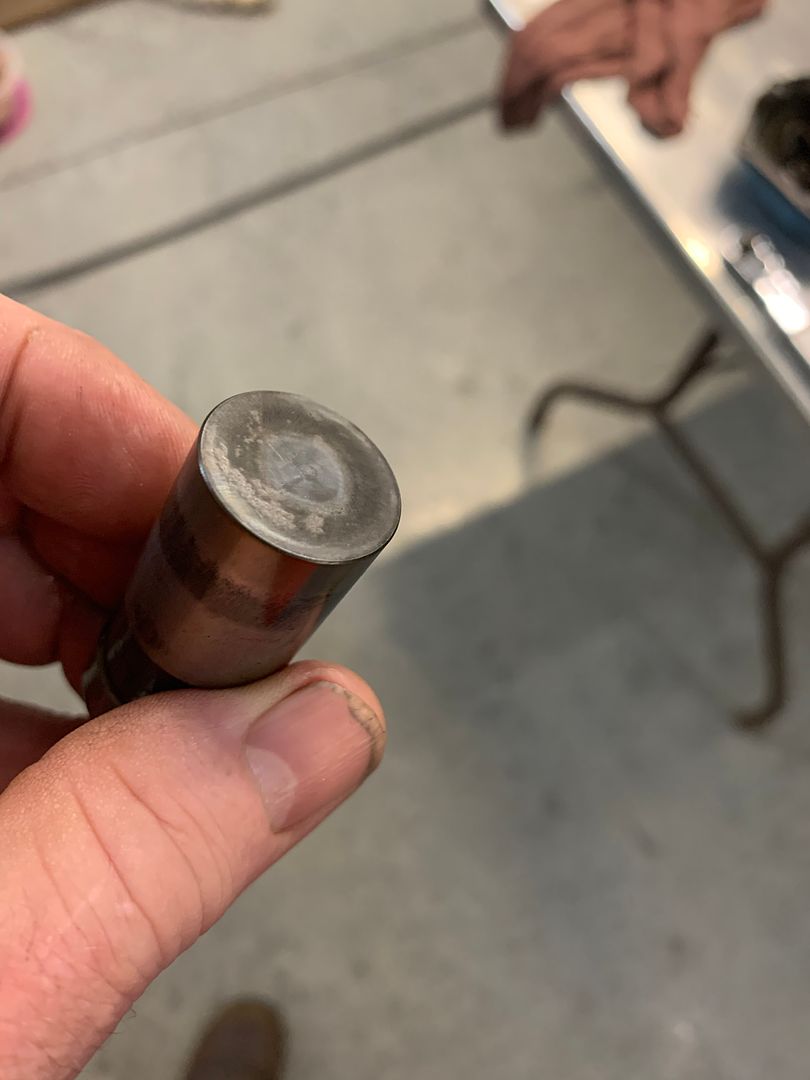My guess....40 year old engine that's been sitting. An engine that is notorious for dirty deeds when doing just that. Now owned by a guy that rebuilds race engines that would like some piece of mind. When he says he cleaned the rings, I'd suspect it was burning some oil or blowing it out.
@Gary Ward how'd I do?
You hit the bullseye Racerx,
Long story...
I started flying it at 1416 hrs after sitting for 10 years and like said it was the H2AD engine that did not have the T mod. I flew it to 1725 hrs. before I took it apart. I was doing leak downs at every oil change was noting a couple clys were going down and the oil usage was getting worse. And it was oil fouling a lower plug after about 50 hours. Also concerned about the cam although the oil analysis were good. My AP encouraged me to at least pull the lifters to look since it is easy to do on a H2AD, so I did. They looked weird to me at first. Turns out they had some corrosion around the edges but there was no spauling and the cam lobes looked good.
At that time I was going back and forth between taking it across town to Signature engine for a overhaul or ordering a rebuilt engine from lycoming. My AP even said we could do the overhaul our self's but I wasn't feeling it at the time.
I asked Signature if I could have the cyls back as hangar conversation pieces and he said no they don't return any used parts. Then he said if I wanted the old clys to take them off myself before I brought the engine to them.
So I did thinking I was going to overhaul and removed the clys. But the crankshaft was a concern because it had more than the allowable pits in the snout and I knew Signature would make me buy a new crank. And that would take more than 7 weeks for the overhaul and then the total cost would be more than the lycoming zero hour rebuilt engine.
So I decided to put it back together and keep flying it while waiting for the lycoming rebuilt. Wasn't sure how much longer the cam and lifters were going to last and at least one cly needed valve work since it continued to oil foul a lower plug. I only had it apart for 7 days during Xmas break 2019.
Another thing I found which I have never noticed before on any engine was 3 of the pistons had the ring gaps lined up to one another. That was strange. So of course I cleaned the ring grooves in the pistons and spaced out the ring gaps when I put it back together.
Then I had major buyers remorse after ordering the new engine because the old one ran so good after reassembly.
The leakdown numbers went up and the oil usage went from 1qt to 4 hours to 1qt to 8-9 hours. The clean rings really helped. So I hurried up and flew the heck out of it(100 hrs) and waited until the last minute to make the swap and still get the core back to lycoming within 90 days of receiving the rebuilt engine from lycoming.
I did the engine swap July 4 weekend 2020 in 6 days. Already had updated the hoses, scat tubing and other stuff before the engine swap allowing me to do it in a week. Can't imagine having it apart for months waiting on a overhaul. Now the rebuilt engine has 645 hrs and is running well. 1 qt to 12-14 hrs.
That's the story.
